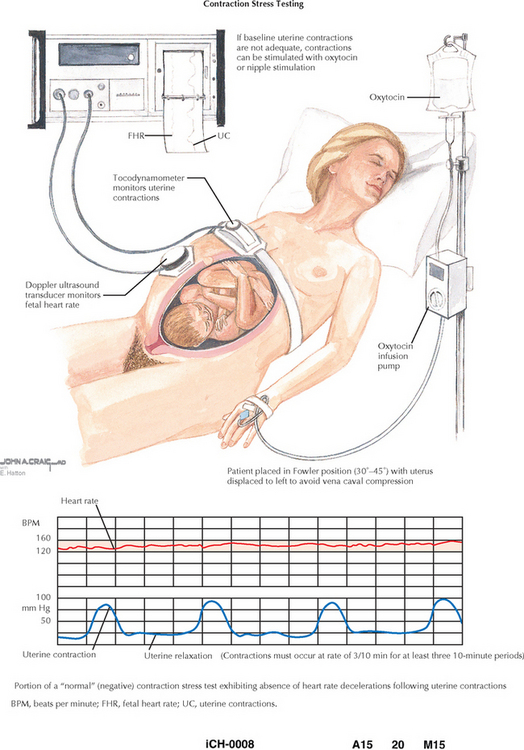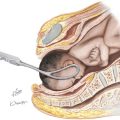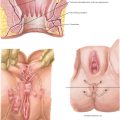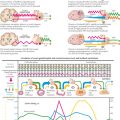Chapter 186 Contraction Stress Testing
THE CHALLENGE
TACTICS
IMPLEMENTATION
Freeman RK, Anderson G, Dorchester W. A prospective multi-institutional study of antepartum fetal heart rate monitoring. II. Contraction stress test versus nonstress test for primary surveillance. Am J Obstet Gynecol. 1982;143:778-781.
Knox GE, Huddleston JF, Flowers CEJr. Management of prolonged pregnancy: results of a prospective randomized trial. Am J Obstet Gynecol. 1979;134:376.
Lipitz S, Barkai G, Rabinovici J, Mashiach S. Breast stimulation test and oxytocin challenge test in fetal surveillance: a prospective randomized study. Am J Obstet Gynecol. 1987;157:1178.
Nageotte MP, Towers CV, Asrat T, Freeman RK. Perinatal outcome with the modified biophysical profile. Am J Obstet Gynecol. 1994;170:1672.
Nageotte MP, Towers CV, Asrat T, et al. The value of a negative antepartum test: contraction stress test and modified biophysical profile. Obstet Gynecol. 1994;84:231.
American College of Obstetricians and Gynecologists. Antepartum fetal surveillance. ACOG Practice Bulletin 9. Washington, DC: ACOG, 1999.
American College of Obstetricians and Gynecologists. Management of postterm pregnancy. ACOG Practice Bulletin 55. Obstet Gynecol. 2004;104:639.
Freeman RK. Contraction stress testing for primary fetal surveillance in patients at high risk for uteroplacental insufficiency. Clin Perinatol. 1982;9:265.
Miller DA, Rabello YA, Paul RH. The modified biophysical profile: antepartum testing in the 1990s. Am J Obstet Gynecol. 1996;174:812.








